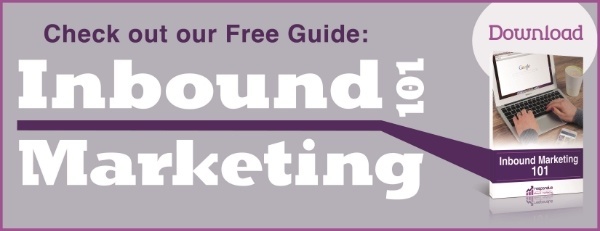People tend to dislike when ads that are completely irrelevant to their interests pop up during their web browsing. However, consumers are also largely uncomfortable with brands using their personal information to enhance marketing efforts. In fact, 68% of U.S. smartphone users are concerned about having their online activity tracked in order for advertisers to serve them more targeted ads. So, how can you find a happy medium between these two areas of discomfort? How can you personalize without crossing the line yet create content that aligns with a website visitor’s mindset? Here, we’ll offer 6 helpful methods for achieving effective, non-creepy personalization.
- Understand the Audience First
In order to determine how personalized to get, marketers need to first understand their audience. In this heavily digital age, visitors now expect to see personalized ads. A recent survey cited that about half of consumers wished ads were more tailored to their interests and more than half expected to see personalized ads. Today, the difference between “creepy” and “not creepy” is if an ad is so personalized it can only be for you. Knowing where to draw the line is an art, not a science, and marketers must always be considerate of their audience.
- Add Value
The guiding personalization principle is to figure out if and how it adds value to the end user. Personalization enables a range of new behaviors, and there are many untapped and exciting opportunities to weave it into products that may not seem like an immediate fit. Personalization is really about understanding how to derive the most value for the end user with your brand or product.
- Increase Relevance
The reason that websites and marketers personalize is to create a better user experience for the site’s visitors and provide relevant information to the right people at the right time. Relevance is the main focus, not the ability to track a person’s every move on your website.
- Make Visitors Feel Welcome
Personalization is only creepy when you make it creepy, so use personalization in areas where people expect it. The goal of personalization is to make a lead or customer feel welcome. The moment a visitor feels 100% comfortable on your site is when you have succeeded with personalization.
- Compare Tracking to In-Store Behavior
Compare your website to a typical department store. You know when someone is window shopping, who has come in, and what products they are looking at. Tracking and personalization provide this level of service for the digital world.
- Use Personalization as a Greeting
Think of personalization as similar to when you’re having a real-world conversation with someone and address them by name. You note their features and characteristics and understand how to speak to them. The same goes for digital personalization; personalization done right lets visitors know that we know who they are and that we get what they’re about.
So, can personalization be interpreted as creepy? Yes – if it’s delivered in a manner that will turn off site visitors. Follow these 6 key tactics for personalization to achieve a healthy balance of knowing your customers without crossing the line to invasion of privacy. Be helpful, not unsettling, and you’ll succeed in the art of effective personalization.
